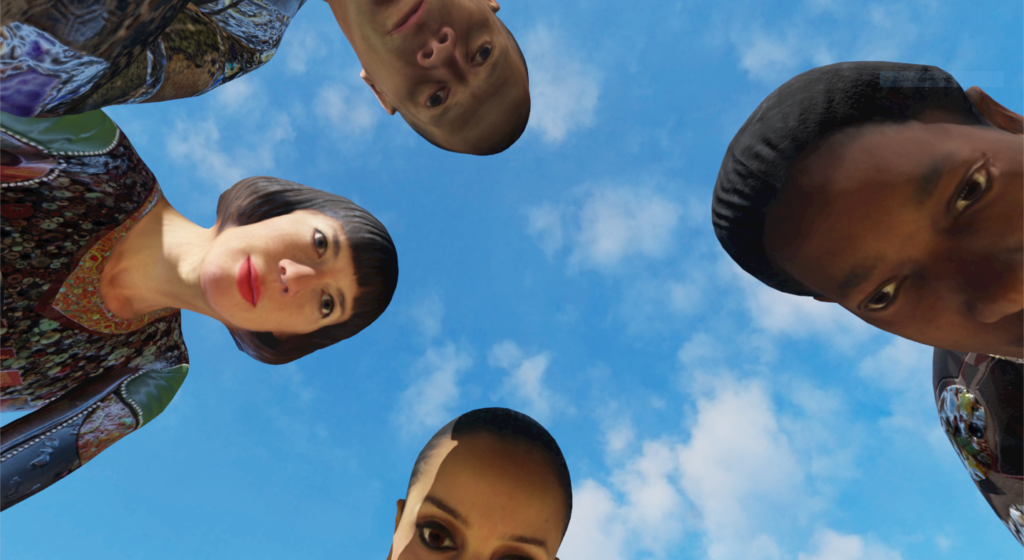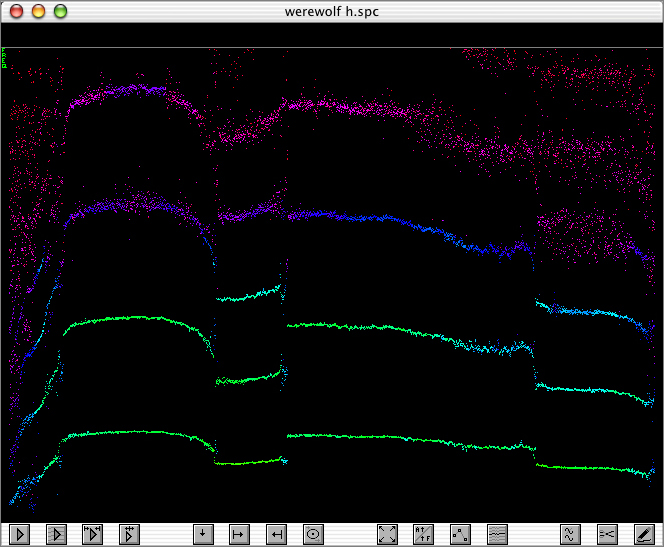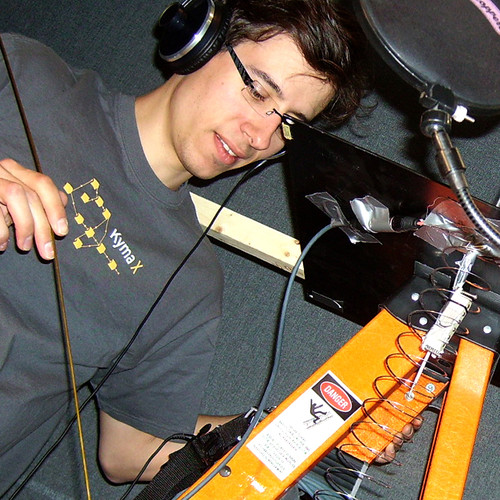
Gilles Jobin’s VR_I — an immersive virtual reality contemporary dance experience with a 3D sound track created entirely in Kyma.7 — has its world premiere from 6 to 10 October 2017 at the Festival du Nouveau Cinéma in Montreal. Unfolding on multiple, parallel space and time scales, VR_I immerses you in a wordless experience of the continuum from infinite to infinitesimal, leaving you with a new sense of perspective on your place in the universe.
In partnership with Artanim Foundation and utilizing their motion-capture and VR technology, VR_I is a pioneering work in social, free-roaming virtual reality. As many as five people can enter the experience together and see their own and each other’s bodies as avatars sharing the same virtual world as the characters (the dancers).
In VR_I, music emerges from the environment: wind in the desert transitions to a humming chorus sung by giants; wind chimes in the art-filled loft organize themselves into 5/8 rhythms as columns rise up from the floor, only to dissolve back into wind chimes again as the columns recede; in the city park, bird songs are echoed in flute melodies, and cicadas transform themselves into rhythmic patterns over tambura-like drones.
Each spectator hears an individualized soundscape, and there is no way to really know what everyone else is experiencing (just like in real life). Sounds and musical elements are positioned in space and attached to objects, giving each spectator a unique mix as they move through the space, culminating in upwardly spiraling Shepard-tones that swirl around and lift up the listeners as they contemplate their own place in the continuum from infinite to infinitesimal.
In beauty I walk
With beauty before me I walk
With beauty behind me I walk
With beauty above me I walk
With beauty around me I walk— from the Native American Diné Blessing Way
 Choreography: Gilles Jobin
Choreography: Gilles Jobin
Dancers: Susana Panadés DÃaz, Victoria Chiu, Tidiani N’Diaye, Diya Naidu, Gilles Jobin
3D Music & Sound Design: Carla Scaletti
Costumes: Jean-Paul Lespagnard
3d modeling: Tristan Siodlak
Animation: Camilo de Martino
3D Scans & Motion Capture: Artanim
VR Platform: Artanim
For tour dates and booking information, visit: vr-i.space


 Sound designer
Sound designer 

 Sound Designer
Sound Designer 
